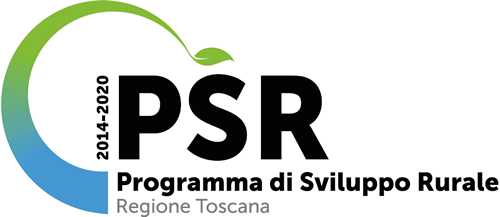Cantalici cellars: our lands
Our vineyards, in particular, extend between the villages of Gaiole in Chianti, Monti, Radda in Chianti, Castelnuovo Berardenga and Vagliagli and are: Fagnano, Valtellina, Casa Vecchia and Casina del Girasolino.
The cellar for wine tasting, however, is in Gaiole in Chianti, 5km from the center, on top of a hill overlooking the valley.
What is the difference between IGT and DOCG?
Often during wine tastings people ask us the difference between the two acronyms IGT and DOCG. The goal of these two acronyms is to ensure the quality of a typical product and the technical differences mainly concerning the quantity and types of grapes used to make the wine and areas of the vineyards ... but for the taste, you have to taste the wines!
IGT wines
The acronym IGT stands for "Typical Geographical Indication" and groups wines produced with grapes grown for at least 85% exclusively from a specific geographical area with the indication of the region. IGT wines can show the vintage of the harvest on the label, but also the grapes used for production.
Compared to DOCG, the requirements for obtaining IGT are less restrictive.
IGT is an Italian classification.

DOCG wines
On all the bottles of our beloved Chianti Classico there is instead the acronym DOCG, which stands for "Denomination of Controlled and Guaranteed Origin".
The DOCG is a classification born in 1984 and in order to use this acronym it is necessary to respect the production disciplinary, i.e. to produce Chianti Classico wine by falling within some precise indications that serve to guarantee the quality of that product. Furthermore, in order to be called Chianti Classico DOCG, wine must pass a certain quality standard through periodic checks of chemical-physical-organoleptic analysis.
Finally, at least 80% of the grapes must be Sangiovese and come exclusively from vineyards located in the Chianti Classico region.
DOCG is the highest classification of Italian Wines.

"PSR 2014-2020 - Measure 4.1.3 PID 2019. Participation in integrated planning by agricultural companies."
Transformation/marketing of agricultural products: Buildings for the conservation/storage of primary and/or processed agricultural products (Buildings and masonry works). Renovation of the roof covering of the building located in the Municipality of Gaiole in Chianti Sheet 34, part. 122 subordinate 8, for a surface area equal to 1922 m²
(portion highlighted in the project)
Investment made with financing FEASR - CUP ARTEA: 1014205 - CUP cipe: D52H22000190007

"Measure 4.2.1 – GAL Siena – Investments in the transformation, marketing and/or development of agricultural products."
CELLAR MODERNATION: intervention carried out and co-financed with the contribution of the PSR 2014-2022 of the Tuscany Region - Measure 4.2.1. of the GAL Leader Siena
CUP ARTEA: 1245832 – CUP CIPE C55B24000230007

















